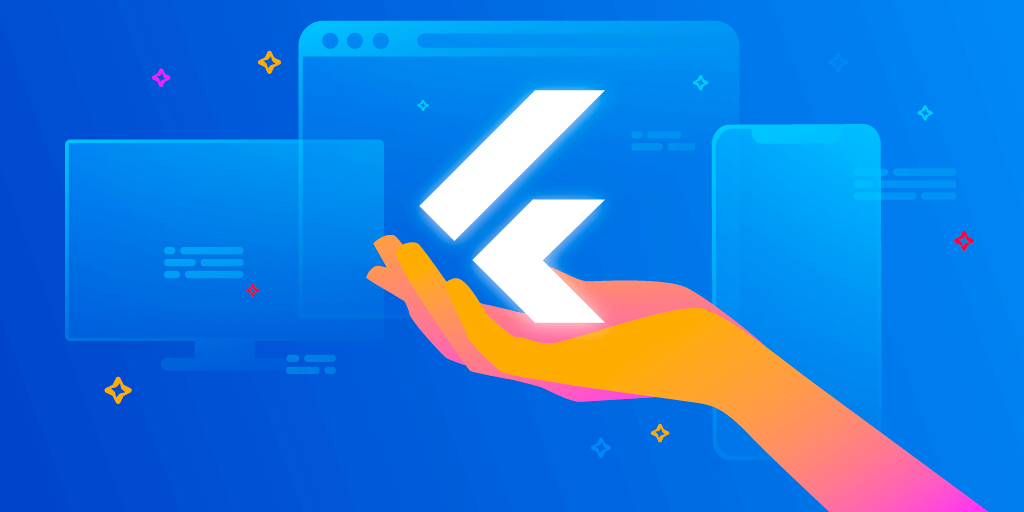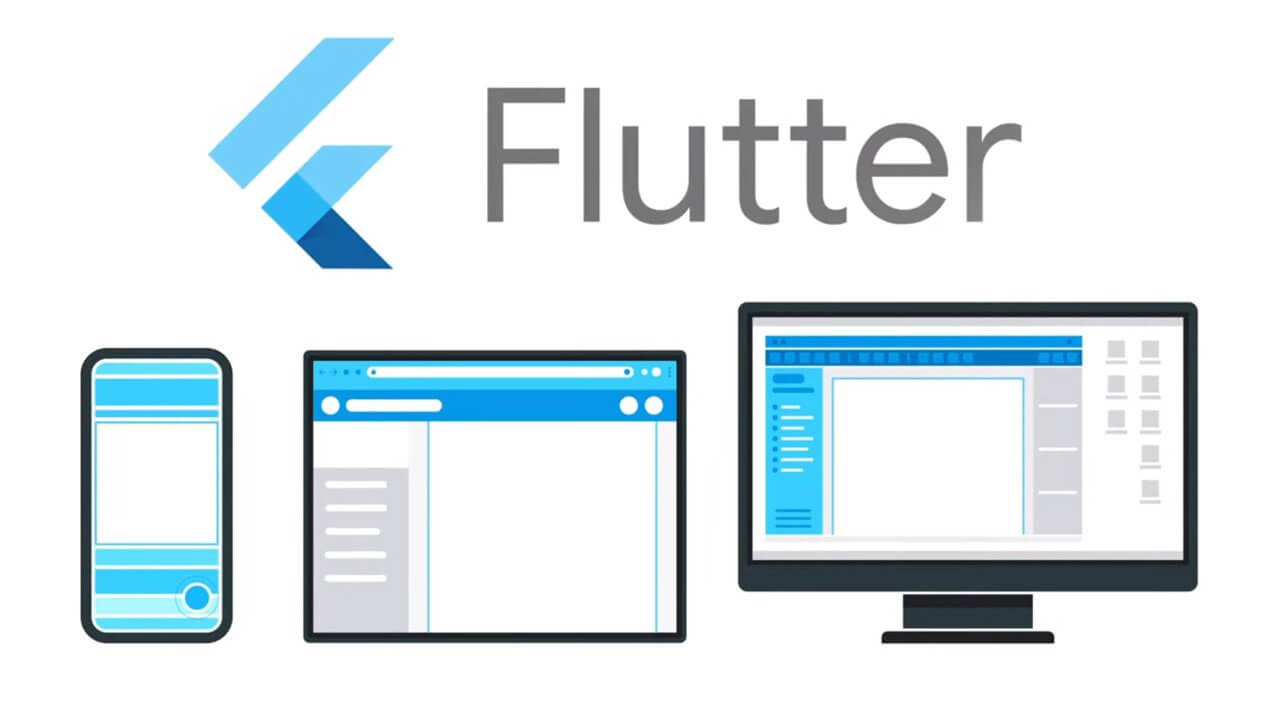
A lot of time from now, Hummingbird (the version of Flutter for web apps) was the talk of the internet. It has, at last, got some light now as Google has launched the first technical preview of Flutter for Web. This astounding execution enables us to make Flutter applications, and arrange it to a standard desktop embedding project, with only a couple of commands.
Flutter to the web is rendered utilizing languages such as HTML, JavaScript, and CSS. You need not worry about the existing Flutter code written in a dart. It can be compiled in the program and sent to any webserver/browser. You can utilize every one of the highlights of Flutter, and you needn’t bother with a program module and/or additional browser plugin.
With most of the challenges accomplished for Flutter on web browsers, a few of the following are still to be taken care of:
- Quick, without error 60 fps exhibition for high-level graphics.
- Reliable conduct and visuals with Flutter on all the different platforms.
- Tools that allow high productivity and also integrate with the existing system.
- The core web features support over every cutting edge program.
Flutter Desktop Application – Architecture

It is clear from the above image that the architecture of Flutter Mobile App & Flutter Web Apps is almost the same.
Also, it gives high ended abstractions to the UI establishments of Flutter, including gestures, animation and base widget classes. For the most basic applications, it provides material-themed widgets. So just in case you have worked with Flutter previously or are presently working on it, Flutter to the web will make you feel homelike.
The enchantment comes in turning dreams to reality, i.e. applying these mobile app concepts to web browsers. It is done in the following steps:
- Re-implementation of the dart: UI library.
- The bindings of the Skia engine in mobile apps are replaced by the codes for Canvas & DOM.
- During compilation of the code for flutter desktop applications, all that is written in Dart (the app, dart: UI & flutter framework) is compiled to JavaScript so that it can work smoothly on any older or newer web browsers.
Also, all that what is not required in flutter mobile apps has been taken care of in Desktop Embedding for Flutter. For example Hover, mouse scrolling and focus.
Concluding,

The preview is just a transitory for the current Flutter system. This has enabled flutter app developers to move rapidly to execute web usefulness while giving the center a chance to proceed and improve with the work in progress.
They have just started to blend program support into the principle vault. Also, they intend to give one single Flutter toolbox, with one system that allows you to develop for all – web, mobile or any other platform.
We will soon come up with how to install the preview of the hummingbird from the starch in our next post. Till then, if there is anything you would like to know about Flutter for web architecture, your doubts are welcomed in the comments section. Stay Tuned!
Flutter on Web Browsers Finally – A Walkthrough From Mobile to Desktop!




 Indonesia
Indonesia
 Botswana
Botswana
 USA
USA
 Italy
Italy
 Panama
Panama




 USA
USA UK
UK Saudi Arabia
Saudi Arabia Norway
Norway India
India Australia
Australia